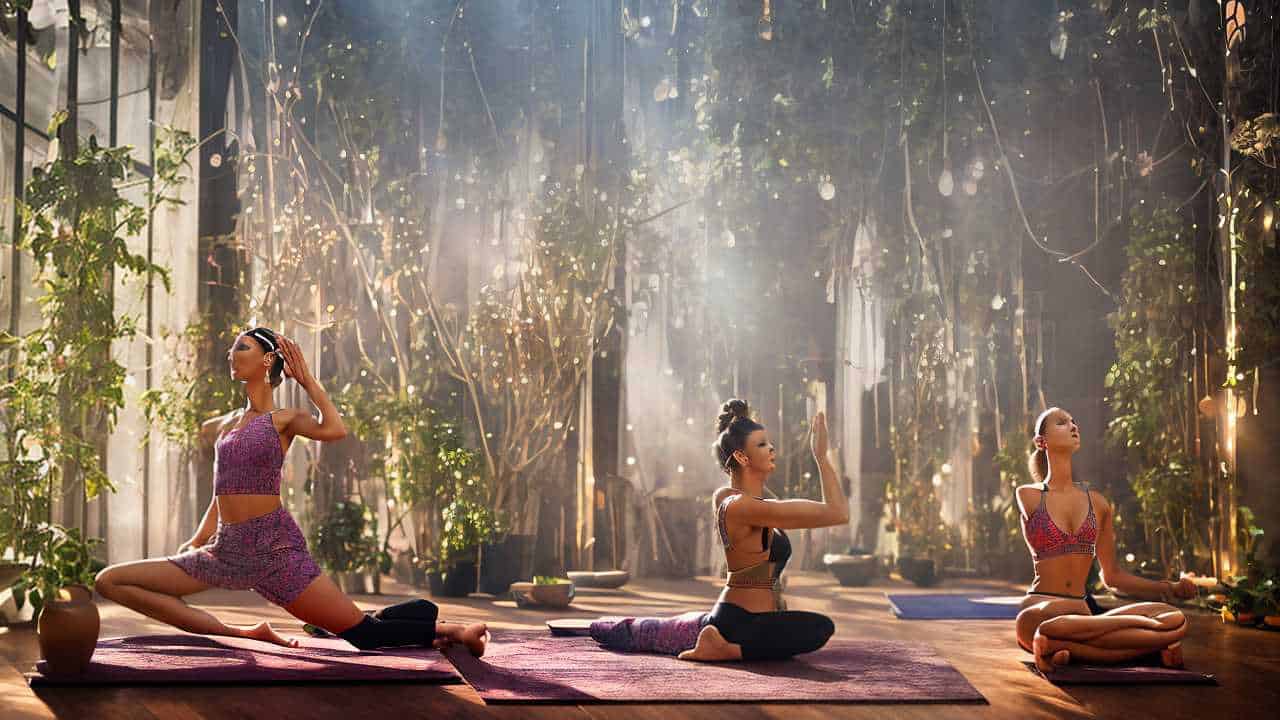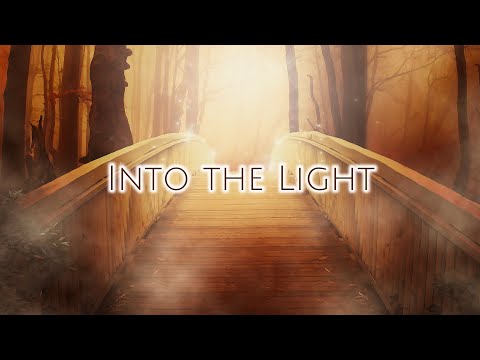In the yoga community, there’s a big debate about authenticity. People are questioning if some gurus are fake and if some yoga practices have sketchy origins.
It’s a tough situation for practitioners. There’s this guy, Ghost Yogi Ramacharaka, who supposedly said a bunch of stuff about yoga, but no one really knows if it’s true.
This whole situation is making everyone think hard about what real yoga is all about. Let’s dive into this topic and really figure out what makes yoga authentic.
Evolution of Yoga Practices
Yoga has changed a lot since it first started. It’s been influenced by many different things, so there’s no one set way to do it. Over the years, it’s been shaped by lots of cultural ideas and trends.
Starting in ancient India and now being popular worldwide, yoga has taken on new forms by borrowing from different cultures and beliefs. When it made its way to the West, especially in the 20th century, yoga went through big changes to fit different people’s tastes and lifestyles.
This ongoing evolution shows that yoga is always adapting to the world around it, taking in all kinds of cultural influences along the way.
Impact of Fake Gurus
Fake gurus in the yoga community have caused some worries about the realness and trustworthiness of yoga teachings. These fake gurus often gather a devoted group of followers by claiming to be enlightened, even though they lack proper training and lineage. This raises ethical concerns because followers put their trust in people who might not have the right knowledge or experience to guide them on their yoga journey effectively.
The movie ‘Kumare‘ shows how easily people can be fooled by charming but phony gurus. It’s important to keep yoga teachings authentic to ensure that practitioners get the right guidance and don’t end up following teachings that are based on deceit rather than genuine wisdom and expertise.
Questioning Kundalini Yoga’s Origins
Questioning where Kundalini Yoga really comes from brings up some doubts about its authenticity and historical roots. When we look into the claims made about Kundalini Yoga, we start to see some discrepancies that make us question its true origins. Scholars like Deslippe have pointed out inconsistencies in the stories about Kundalini Yoga, suggesting that it might not have the deep connections to traditional yoga that it claims.
Yogi Bhajan is credited with creating Kundalini Yoga and starting his own tradition around it, which adds to the uncertainty about its authenticity. It’s like when you’re buying a used car and you want to make sure you’re getting the real deal, not a knock-off. Taking a closer look at the methods and history of yoga, we see the importance of being able to separate what’s real from what’s been made up.
As we continue to dig into the origins of Kundalini Yoga, it becomes clear how crucial it is to understand the true history in order to honor the integrity of yoga traditions.
Influence of Ghost Yogi Ramacharaka
The teachings of the made-up yogi Ramacharaka, which were actually created by American lawyer William Walker Atkinson, have had a significant impact on early modern yoga practitioners. People often wonder about the authenticity and validity of these teachings, considering the historical context they emerged from. It’s quite fascinating to explore how Ramacharaka’s influence has shaped the evolution of yoga and the challenges it poses in separating genuine teachings from fabricated ones.
So, basically, Atkinson came up with these yoga teachings and attributed them to Ramacharaka, blurring the lines of what’s real and what’s not in the yoga community. Despite the fact that they weren’t actually from a real yogi, Ramacharaka’s teachings still managed to leave a mark on the development of modern yoga practices. It’s like a twist in the yoga story that makes you question what you thought you knew about its history.
Because these teachings aren’t legit in the traditional sense, there’s this ongoing debate about whether it’s okay to follow guidance that isn’t authentic. It’s like trying to figure out if a fake Rolex is still valuable just because it looks like the real deal. The validity of Ramacharaka’s teachings continues to be a point of contention, with some arguing that it’s all about the essence of the practice rather than the source of the teachings.
Practicing yoga based on teachings that were basically made up by Atkinson could steer practitioners away from the real, authentic traditions of yoga. It’s like following a map that leads you to a fake treasure instead of the genuine riches. This whole situation really highlights the importance of being able to tell the difference between what’s real and what’s fabricated in the yoga world.
Importance of Authentic Yoga Practices
When we talk about authentic yoga practices, we’re really diving into the core principles that shape modern yoga and give it credibility. The real deal yoga brings with it a bunch of benefits: it keeps traditional teachings intact, helps people grow spiritually in a genuine way, and makes sure that practitioners stay safe and healthy.
But here’s the tricky part: figuring out what’s authentic and what’s not can be tough because there aren’t clear rules everyone follows. So, it’s easy to get mixed up and not really know what’s what.
To keep yoga authentic, we need to be open and honest about how we’re practicing it. That means being transparent and committed to the true spirit of yoga. When we stick to the real deal practices, we can reap all the rewards that yoga has to offer – like better physical health, a clearer mind, and even spiritual enlightenment. And on top of that, we can steer clear of any potential harm that might come from following teachings that aren’t the real deal.
Conclusion
Amid all the talk about authenticity in the yoga world, it’s crucial to seek out genuine teachings. Even though there are challenges like fake gurus, questionable origins of practices, and made-up teachings, it’s really important to be able to tell what’s truly authentic in yoga.
It’s a tricky situation for practitioners because yoga is all about truth and self-awareness, yet now it’s tangled up in deception and doubt.




